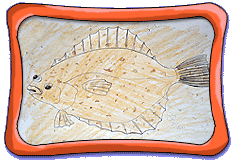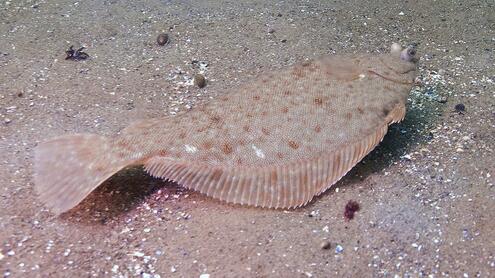
If you were in the ocean, could you spot the mimic octopus, sea dragon, stonefish, or flounder?
These marine animals all use camouflage (KAM-uh-flahj), the ability to blend in or resemble an element of the surroundings.
Camouflage helps animals survive in different ways.
Some animals use camouflage to help them sneak up on their prey. By the time an unsuspecting prey notices its disguised predator—CHOMP!—it's too late.
Camouflage also helps some animals hide from their predators. They can instantly change the coloring and pattern on their skin if they need to hide against a different background.
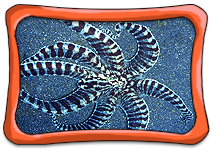
The coloring of the mimic octopus matches the sandy area it is lying on.
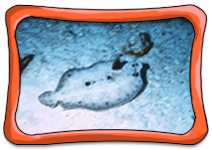
This flounder can look like a sandy seafloor one minute, and a rocky bottom the next!
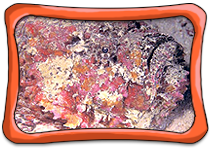
The stonefish looks like a harmless stone, but it's covered with venomous spikes!
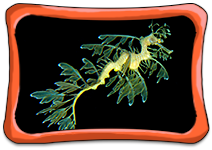
The body of the sea dragon resembles the algae in its environment.
How does a flounder blend in with its environment?
Image Credits:
Flounder, courtesy of NOAA Sea Grant Program, James P. McVey; Mimic octopus, courtesy of NOAA, Susan Ritman Macdonald; Stonefish, Jeffrey Rosenfeld; Sea dragon, courtesy of California Academy of Sciences, John White; large flounder photo, © Robert S. Michelson/AGE Fotostock; Flounder drawing, courtesy of AMNH.




 Biodiversity
Biodiversity
 Brain
Brain
 Genetics
Genetics
 Marine BiOLogy
Marine BiOLogy
 MicrobiOLogy
MicrobiOLogy
 PaleontOLogy
PaleontOLogy
 ZoOLogy
ZoOLogy
 AnthropOLogy
AnthropOLogy
 ArchaeOLogy
ArchaeOLogy
 Astronomy
Astronomy
 Climate Change
Climate Change
 Earth
Earth
 Physics
Physics
 Water
Water

